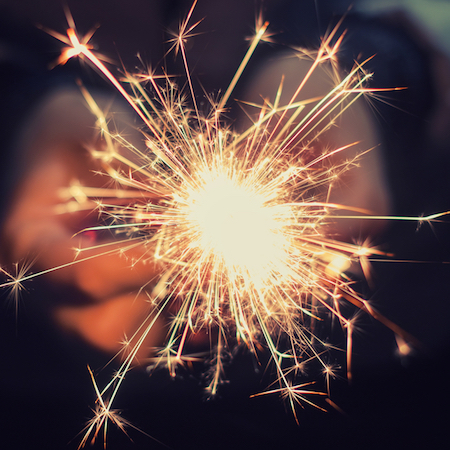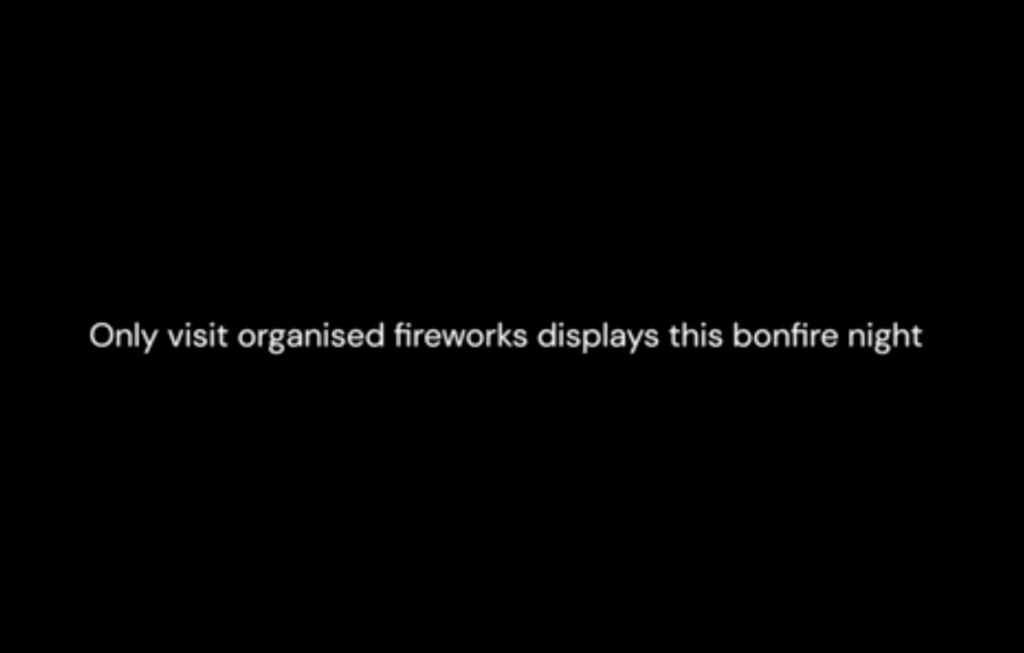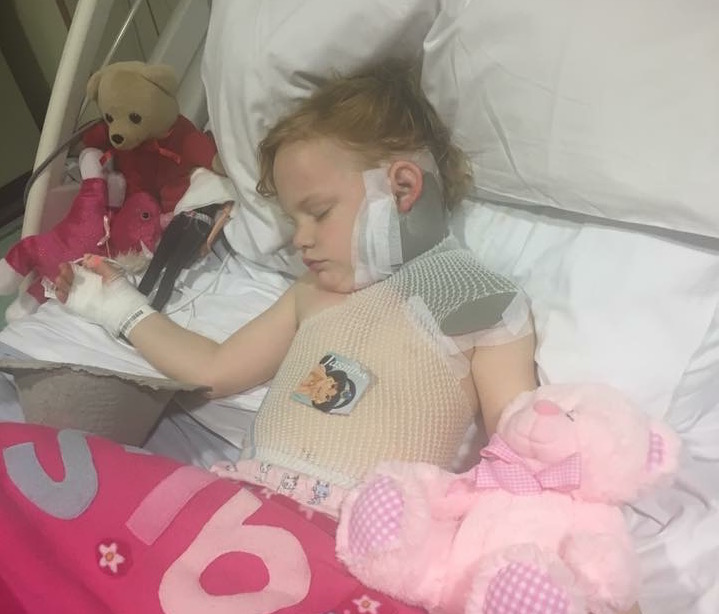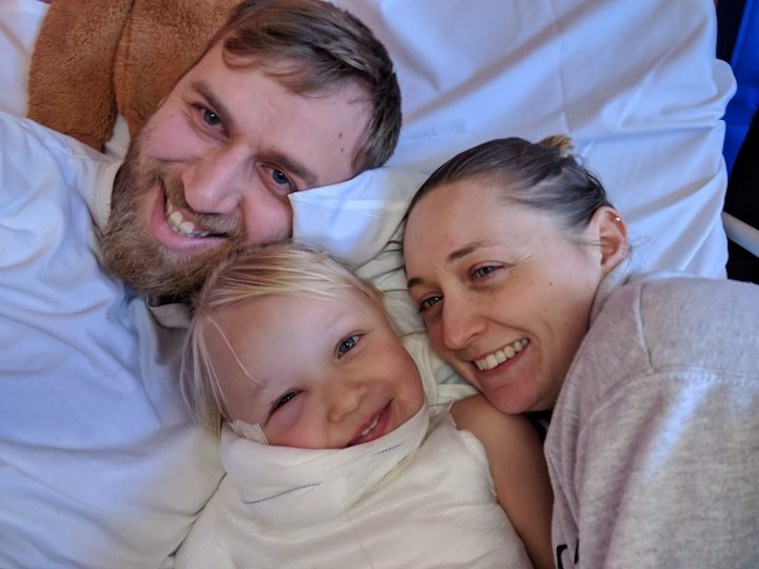Fireworks

It is predicted that this year 500 children and their families will join the growing number of people who will remember bonfire night for the wrong reasons. They will have been injured as a result of an accident with fireworks.
- The vast majority of injuries are to the eyes, head or hands – so children will have visible scars for life;
- Most injuries happen at private or family displays;
- Rocket, air bomb and sparkler incidents are the most common;
- Over 550 children under 16 are taken to A&E in the four weeks surrounding bonfire night alone;
- Many more boys than girls are injured by fireworks – especially boys aged 12 to 15 years.
Sparklers are often seen as a relatively harmless way of allowing very young children to participate in the thrill of fireworks night – THIS IS NOT TRUE – a sparkler can reach temperatures of 20 times the boiling point of water.
Never give sparklers to children under the age of five. Make sure that older children wear gloves, hold the sparkler at arm’s length and ALWAYS have a bucket of water nearby to put the used sparklers in – hot end down.
Before they explode, read the code!
Read the Child Accident Prevention Trust’s advice for staying safe around fireworks.
The best way to enjoy fireworks is at an organised display. The fireworks will be bigger, you’re not responsible for safety and you’ll be part of the crowd. However, if you do decide to host your own firework display, here’s how you and your guests can stay safe.
Only attend organised Firework displays, Kay explains why…
"Whatever distance you think is safe to be near a flame you're probably underestimating it and you probably need to be further away." Kay's four year old daughter, Tilly experienced severe third-degree burns in a garden fire.

Roy Wilsher, Chair of National Fire Chiefs Council and Children’s Burns Trust Trustee Fireworks can be a spectacular way to celebrate, but my experience in both the fire service and as a Trustee for the Children’s Burn Trust, I have seen first-hand the damage and injury even a small firework can do when things go wrong. Garden displays are never as fantastic as larger organised displays, and can cause alarm and distress in your local neighbourhood. The most impressive and safest way to celebrate with fireworks is to go to a professional event.
Survivor stories
Firework accidents can be catastrophic, and are any parent’s worst nightmare.
By telling their stories, our inspiring families help us to highlight the risks posed to children and how to prevent such accidents from happening.

